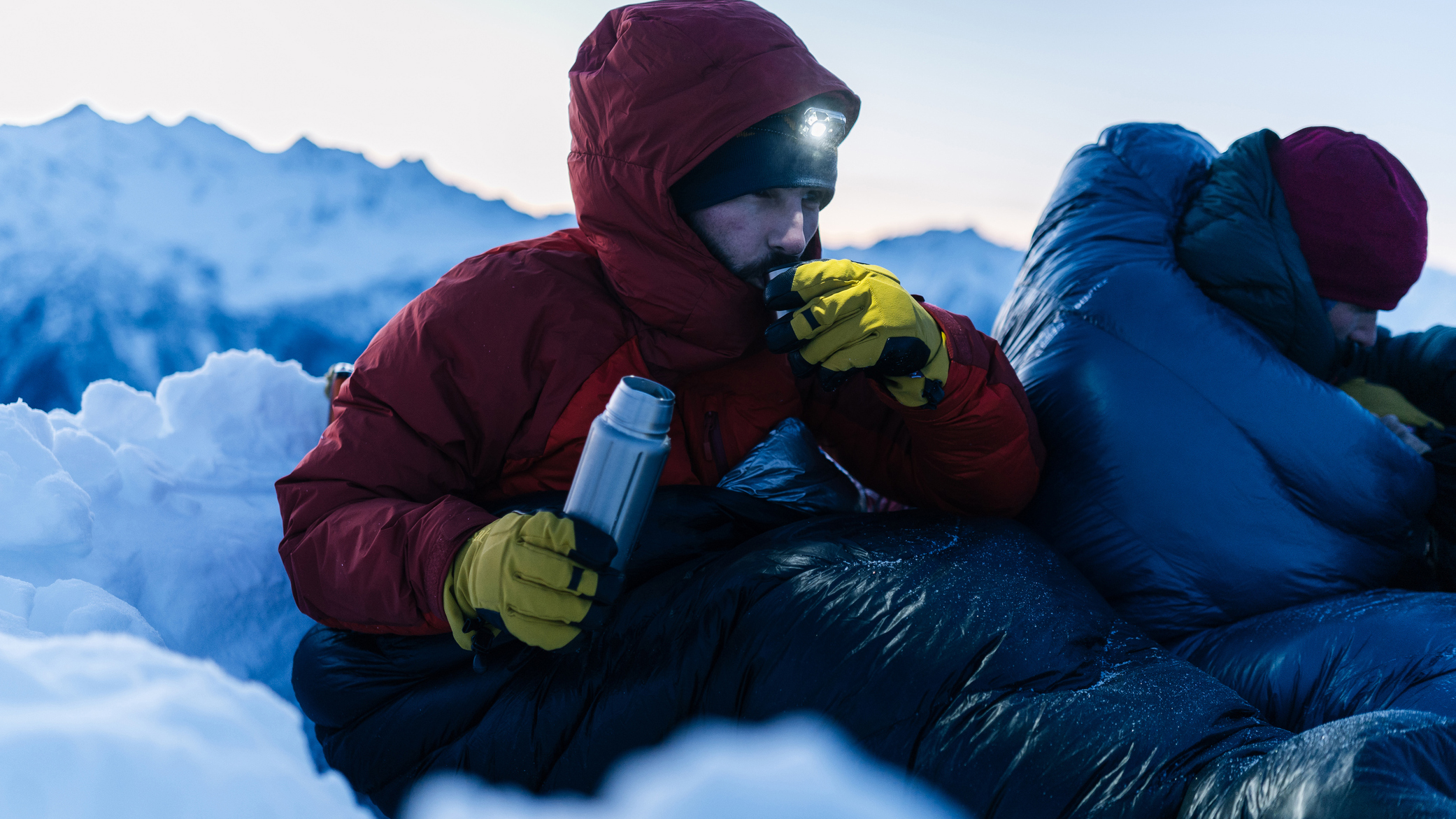
Having a grasp of sleeping bag ratings is crucial when planning your backcountry adventures. Whether you are after high performance, down-filled product for Alaskan expeditions or you’re looking for something a little more affordable for summer camping trips with the family, our expert guide is here to help.
After all, nobody wants to lose half their bodyweight in sweat, tossing and turning in a 800-fill down bag on balmy July nights. Equally, spending a night shivering and suffering in a bag that's simply not warm enough for early spring is not an ideal scenario either. So, it's important to choose the right bag for the right adventures.
The good news is that all bags, from the best sleeping bags to the most basic, go through internationally standarized testing. This is called the International Standard (ISO) and it allows campers to compare like for like when choosing their sleeping bag.
ISO 23537 establishes the range of nighttime air temperatures, measured outside the sleeping bag, at which the sleeping bag will work effectively. This range is typically illustrated in a color chart, running from red at the hottest, through amber and yellow to blue at the coldest. The maximum temperature, or upper limit, is the warmest at which an adult male can have a comfortable night’s sleep without excess sweating. Even with the best tent available, if you don't have a sleeping bag that's rated for the conditions, you may suffer.
Meet the expert
Comfort, Limit and Extreme
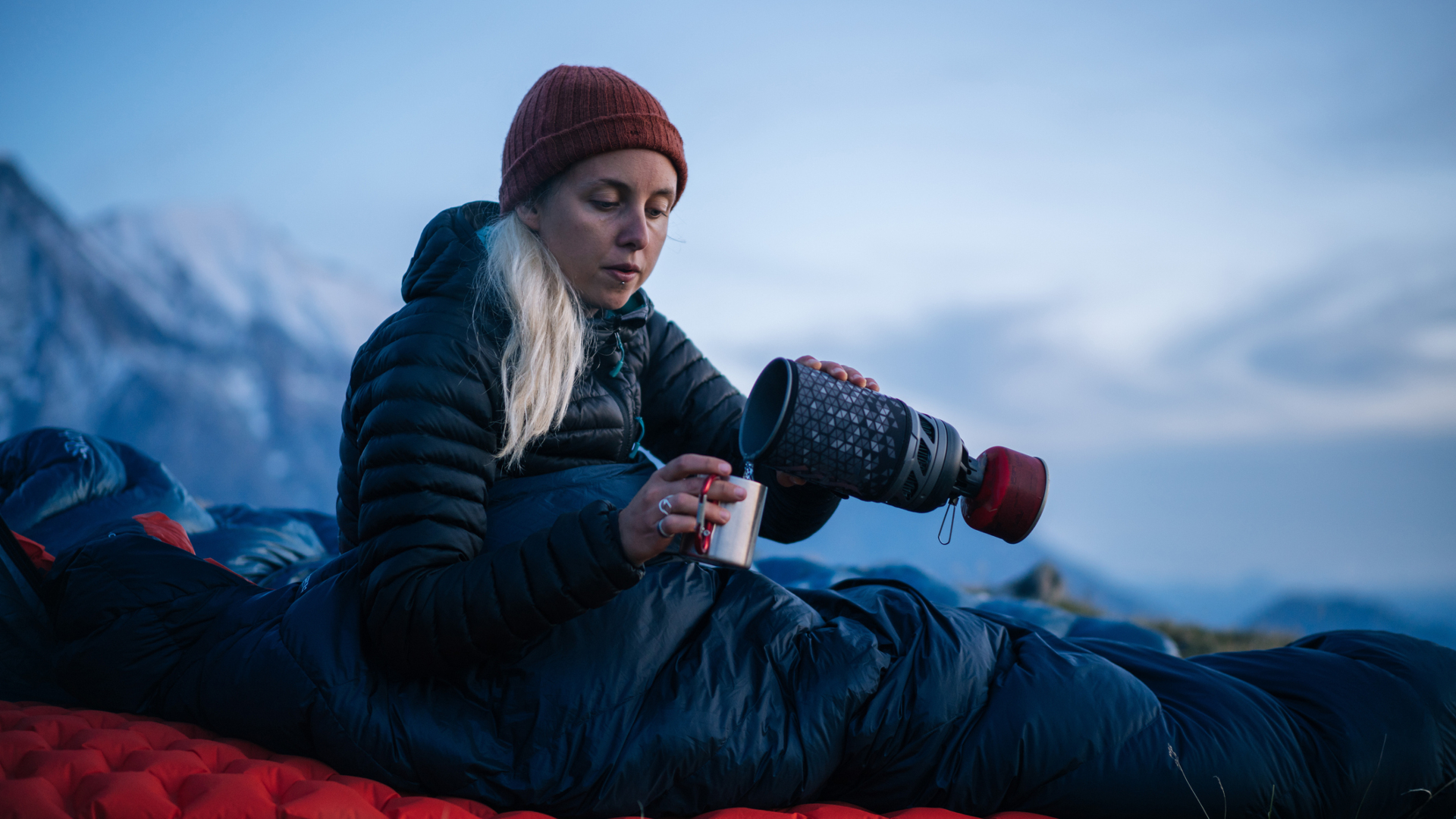
The key sleeping bag temperature rating is called ‘Comfort’, which establishes the lowest temperature at which a camper, sleeping in a relaxed position, such as lying on their back, is ‘globally in thermal equilibrium’ – ie not feeling cold.
The ISO also sets a ‘Limit’ sleeping bag temperature rating, at which a sleeping bag user in a curled-up position is ‘globally in thermal equilibrium’ and just not feeling cold.
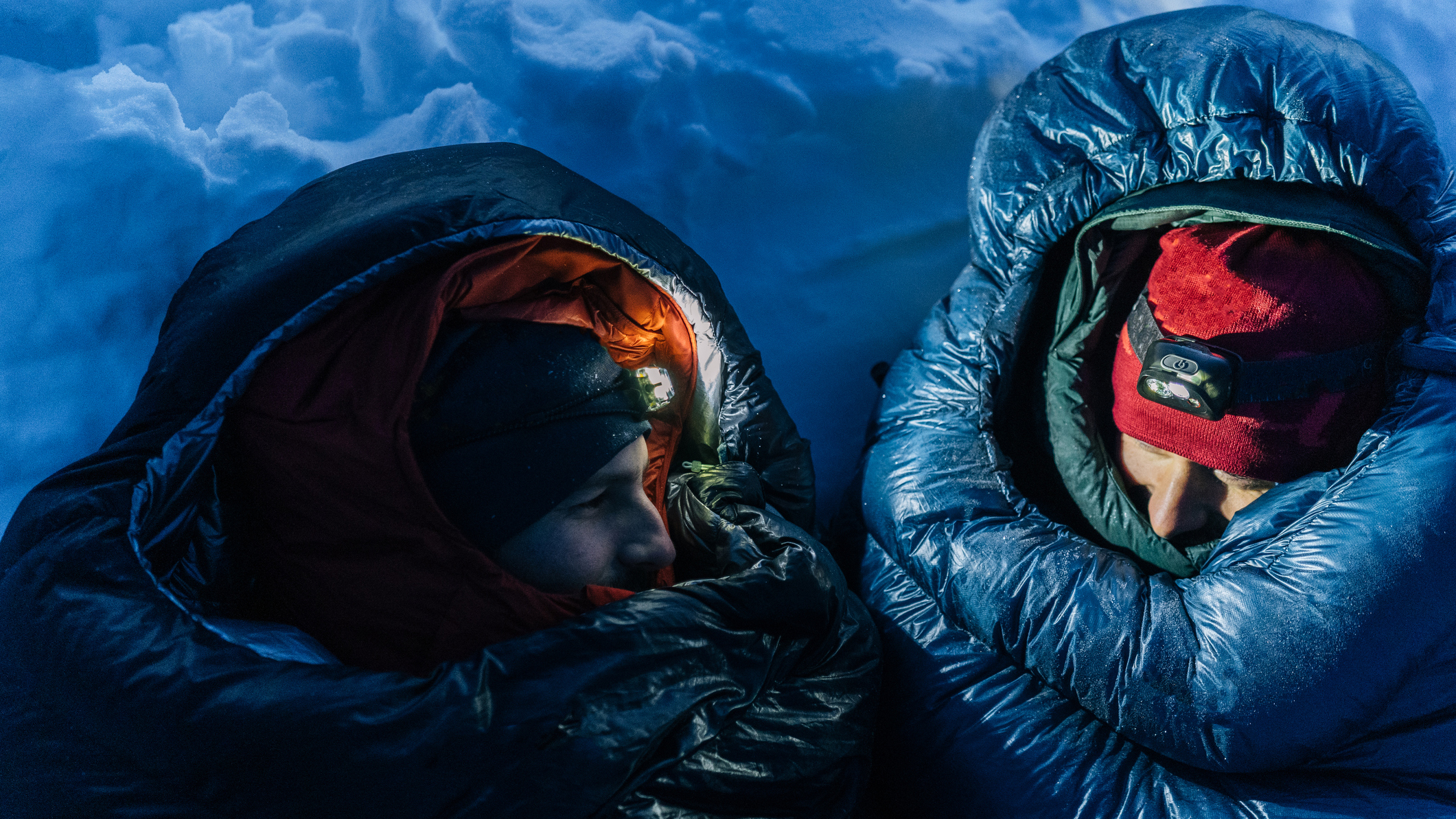
The ‘Extreme’ sleeping bag temperature rating is only for survival without suffering frostbite, and shows the lowest temperature at which a sleeping bag may prove effective, even if this very low temperature still involves the risk of hypothermia.
Other considerations
Obviously, we strongly recommend choosing a bag that will keep you comfortable, as well as getting yourself one of the best sleeping pads to insulate you from the cold ground below.
It’s important to note that the ratings apply to adults only – ISO says it would be unethical to expose children and babies to such tests. The best children's sleeping bags sometimes have their own rating, but often manufacturers don't display them. Nor do the ratings apply to sleeping bags designed for extreme climate zone conditions.
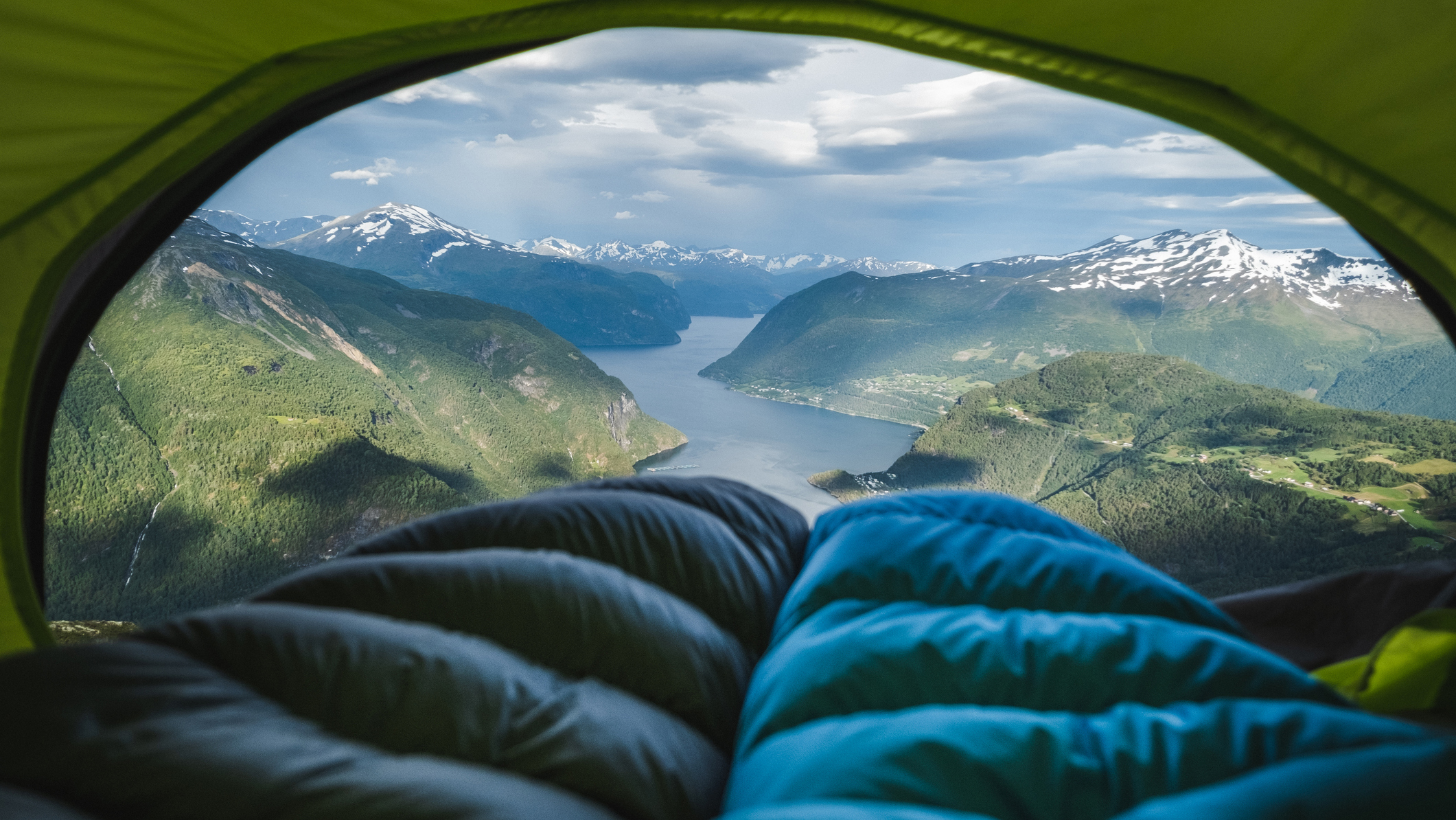
If you’re unsure of the lowest nighttime temperatures you are likely to encounter on your camping adventures, there is also a more generic labelling system, based on the seasons, just as with one-person tents. Depending on the sleeping bag manufacturer and retailer, there can be as many as six seasons in a four-season year.
One-season sleeping bags
One-season sleeping bags are for mid-summer camping at low-level altitudes, and for tropical travel. They are also good for sleepovers at home. Guides vary, but think temperatures of at least 5°C/41°F.
Two-season sleeping bags
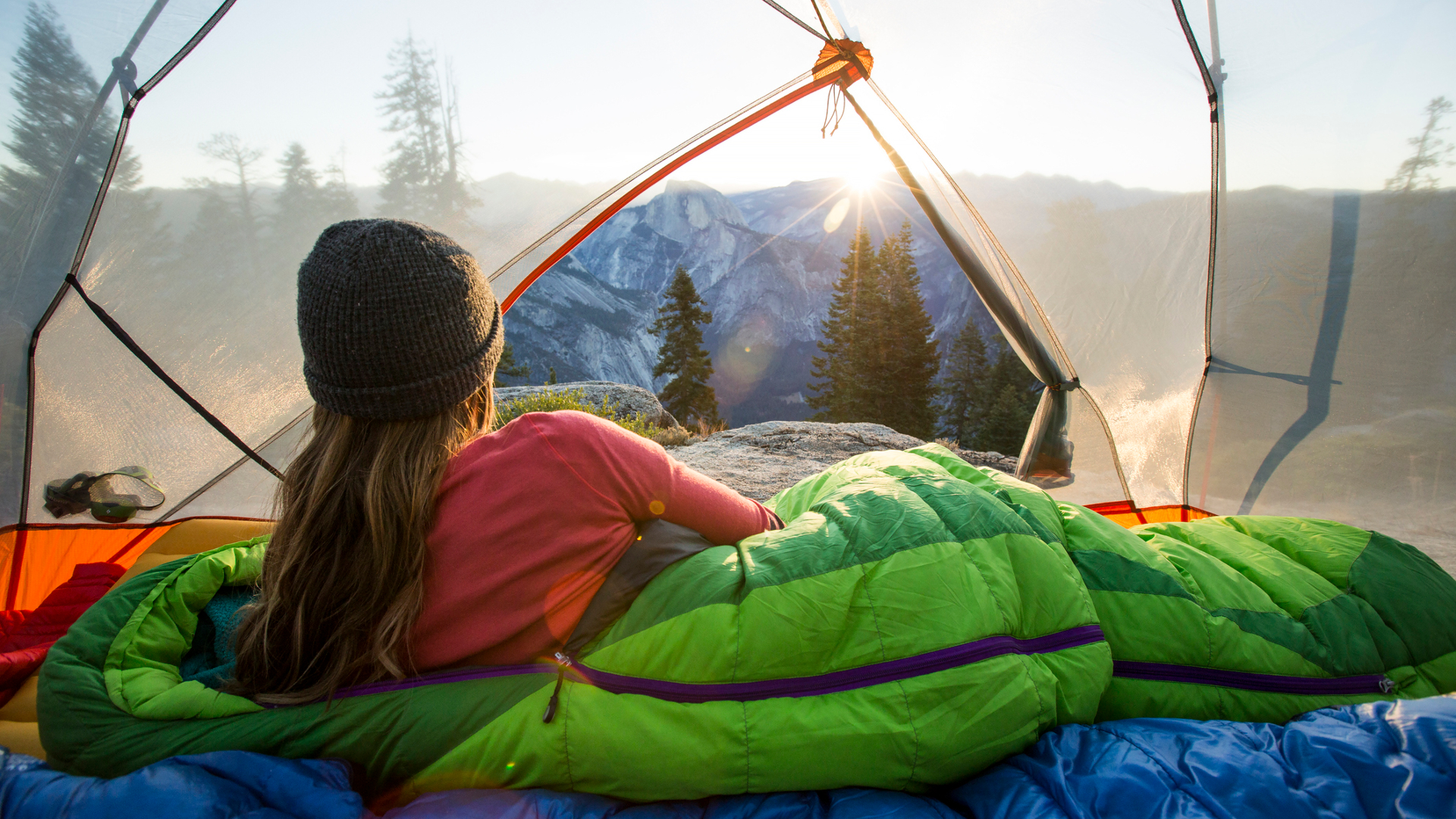
In theory, the operating zone for two-season sleeping bags stretches from late spring to early autumn/fall in the UK, but this window narrows if you’re wild camping in the mountains, where temperatures can plummet overnight. You don't want to have forked out for a sleeping bag only to also need to wear your best down jacket to bed. A rough outside temperature guide would position the limit of two-season sleeping bags for nights of 0/32°F to 5°C/41°F.
Three-season sleeping bags
Designed to keep you warm from early spring to late autumn/fall, these sleeping bags are suited to committed campers happy to be under canvas on frost-free nights when the mercury slips as low as -5°C/23°F.
The Marmot Phase 30 is a good quality, 3-season bag.
Four-season sleeping bags
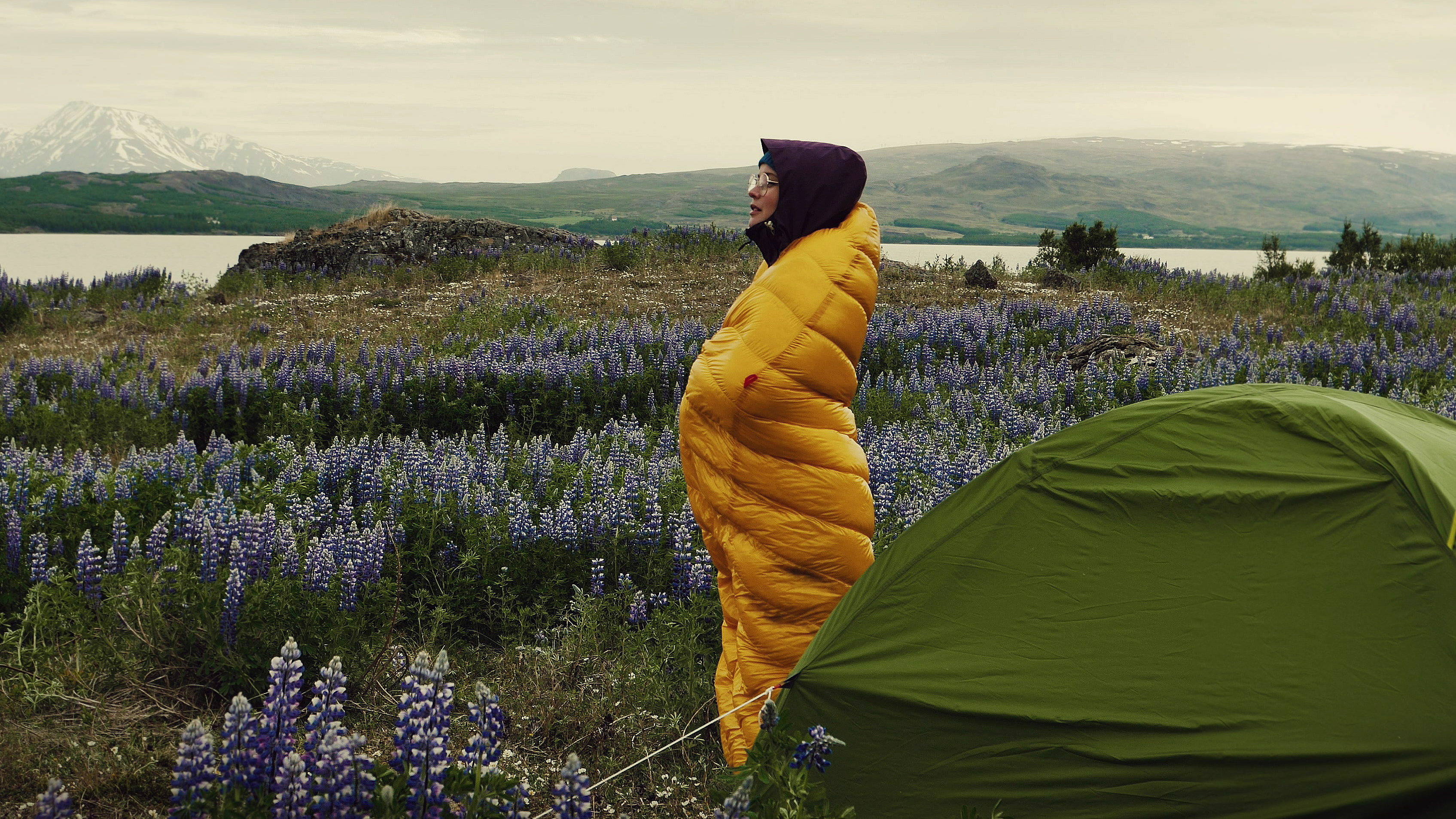
These sleeping bags are insulated to keep you warm during winter camping trips at lower levels, typically to temperatures as low as -10°C/14°F. They will also cope with three seasons at higher mountain altitudes, which can become bitterly cold at night.
The Rab Andes Infinium 800 Down Sleeping Bag is a superb 4-season bag.
Five-season
Expeditions to the world’s coldest climes, whether high-altitude mountaineering or even to the poles, demand the exceptional insulation of five-season (also known as four-plus season) sleeping bags to contend with temperatures as low as -40°C/-40°F. Five-season sleeping bags have the highest grade construction and insulation.







